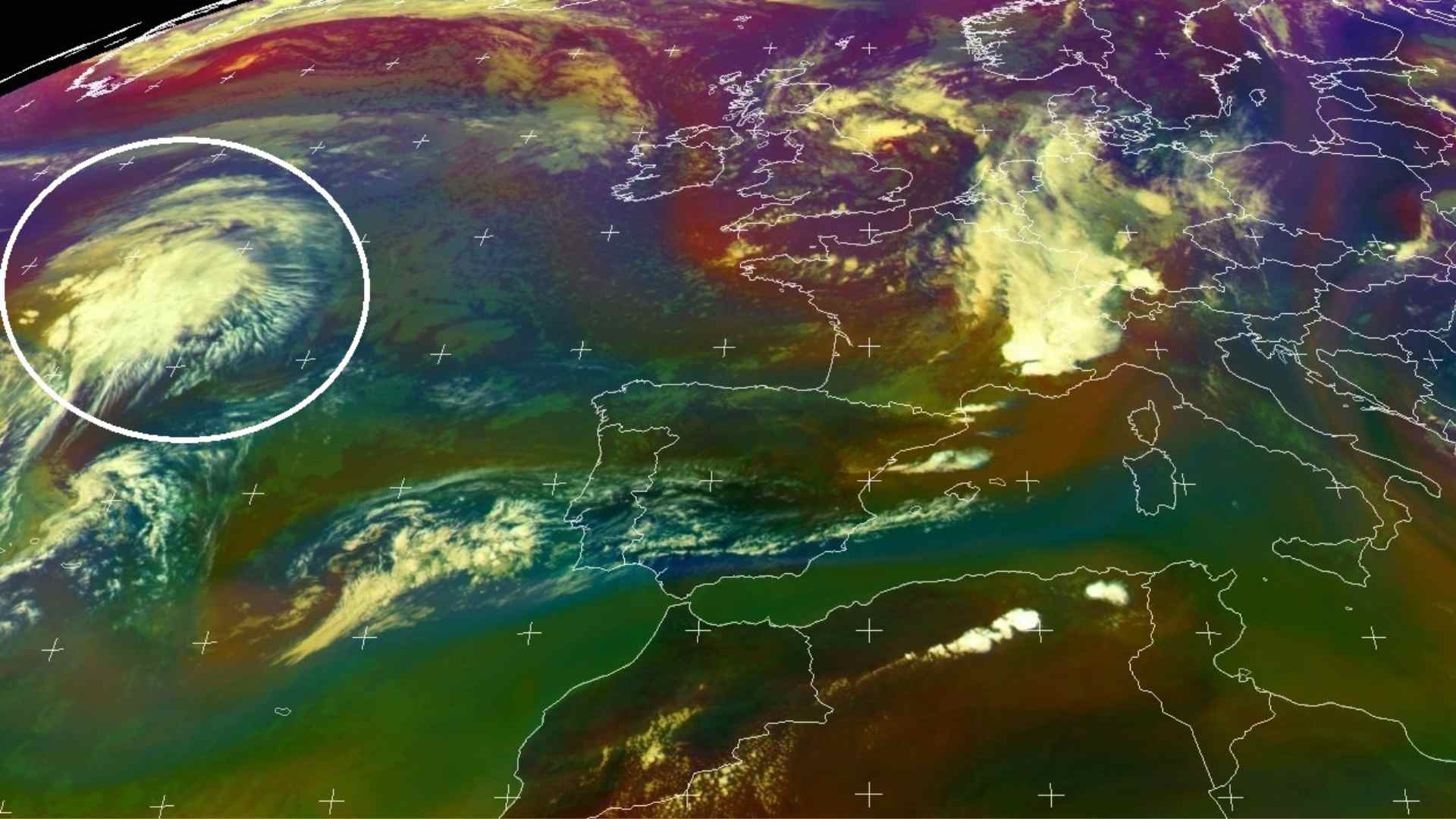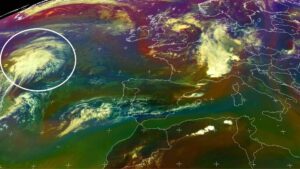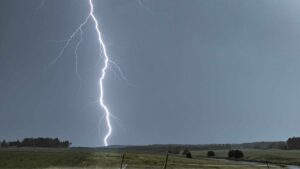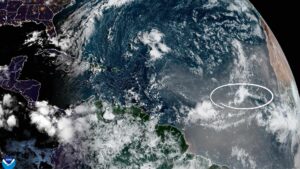
Tropical Depression Expected to Form in Atlantic Later This Week
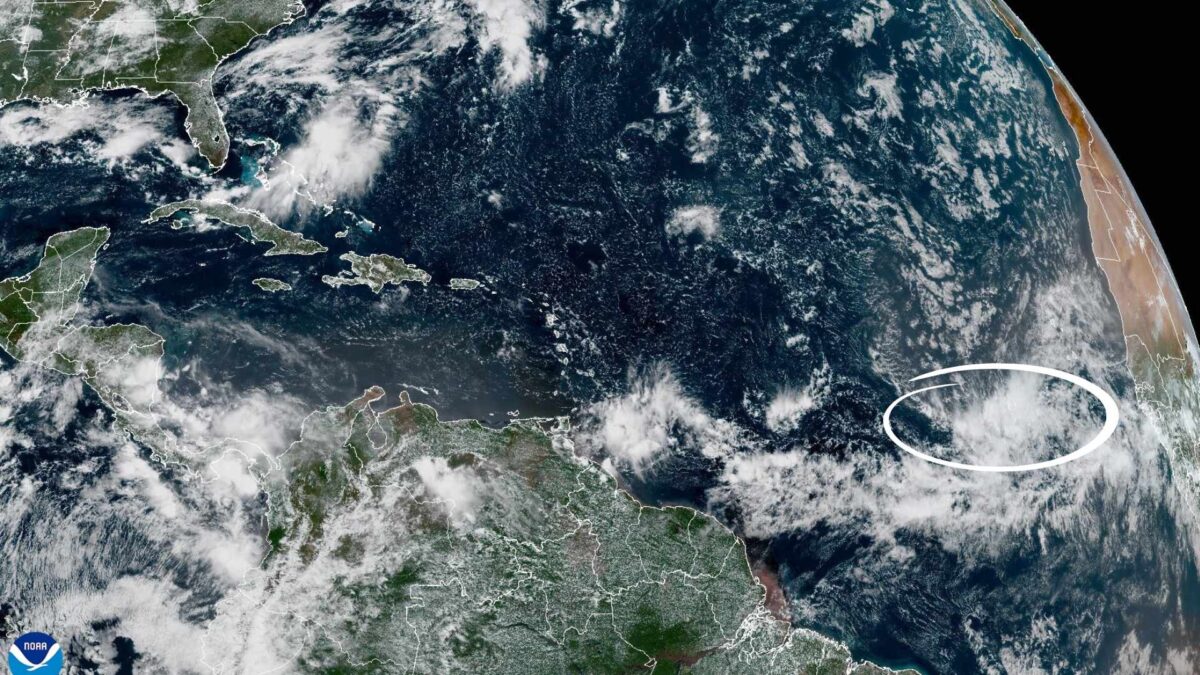
The US National Hurricane Center has warned that a new tropical depression is likely to develop in the eastern Atlantic later this week.
A tropical wave currently situated south of the Cabo Verde islands is producing scattered showers and thunderstorms. While the system remains poorly organised for now, forecasters say conditions are favourable for gradual strengthening in the coming days. The disturbance is moving west to west-northwest at about 15 miles per hour and is expected to continue on this track across the eastern and central Atlantic through the weekend.
The National Hurricane Center has given the system a 70 per cent chance of developing into a tropical depression within the next seven days, though the likelihood of formation in the next 48 hours remains lower at around 30 per cent.
Forecasters will continue to monitor the system closely as it progresses across the Atlantic. No coastal watches or warnings are currently in effect.

The 2025 Atlantic hurricane season has been unusually quiet so far, with six named storms reported by September 1. This is well below the average pace for this point in the season, which typically sees around 14 storms. Meteorologists attribute the lull to high wind shear and dry air over parts of the Caribbean and tropical Atlantic, which have limited storm development.
The season’s first hurricane, Erin, formed on August 11 and rapidly intensified to a Category 5 storm by August 16 before weakening offshore. While it did not make landfall, Erin brought dangerous rip currents along the U.S. East Coast, leading to at least two fatalities and one person reported missing. Its remnants also influenced weather patterns across the North Atlantic, contributing to unsettled conditions in parts of the UK.
Following Erin, Tropical Storm Fernand formed on August 24 but was short-lived, weakening to a post-tropical cyclone by August 27. Fernand posed no direct threat to land, highlighting the variable nature of the season, with some systems intensifying rapidly while others dissipate quickly.
Forecasters now expect storm activity to pick up as the season approaches its peak in mid-September. The National Oceanic and Atmospheric Administration (NOAA) predicts 13 to 18 named storms for the full season, with five to nine expected to become hurricanes and two to five potentially reaching major hurricane status.
Share this WeathÉire story:





